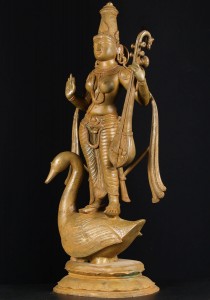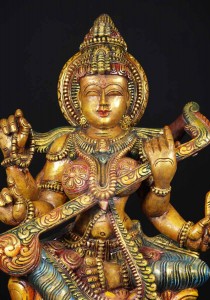Ratha Saptami 2021: Ratha Saptami is a highly auspicious day observed on the seventh day (Saptami Tithi) of Magha, Shukla Paksha (brighter phase of the Lunar cycle). It is believed that Lord Surya Dev started enlightening the whole world on Ratha Saptami day which was considered as the birthday of God Surya. Hence this day is also known as Surya Jayanti or Magha Saptami.
As per the Gregorian calendar, this date falls somewhere between the months of mid-January to February. Normally, Ratha Saptami falls on the second day following the celebrations of Shri Panchami or Vasant Panchami.
It is believed that by worshipping Lord Surya and observing fast on this day one can get rid of all types of sins.
Ratha Saptami 2021: Rituals
On the day of Ratha Saptami, devotees get up before sunrise and take a holy bath. It is believed that taking a sacred bath during this time, will free a person from all illnesses and ailments and bestow good health. Therefore, the festival is also popularly known as 'Arogya Saptami'.
Ratha Saptami is considered as auspicious as Surya Grahan for Dan-Punya activities. It is believed that seven types of sins are done, knowingly, unknowingly, by words, body, mind, in current birth, and in previous births are purged by worshipping Lord Surya on this day.
Rise early (preferably at Brahma Muhurat (two hours before sunrise).
Do Dhyana (meditation) followed by Sankalpa (take a pledge that you would whole-heartedly observe a fast). Fasting, however, is solely an individual's prerogative.
Maintain celibacy.
Traditionally, those staying close to a riverbank take a bath in the holy waters at Arunodaya (sunrise).
However, one may add a few drops of Gangajal to a water bucket at home and bathe with it during sunrise.
Taking a bath during sunrise on this day is said to have healing powers.
After taking a bath, wear clean/fresh clothes.
Then offer Arghya (water) to Surya Dev.
Chant the following Mantra as you do the Arghya.
Surya Mantra
Namah Suryaya Shantaya Sarvaroga Nivaarine
Ayu rarogya maisvairyam dehi devah jagatpate
Meaning:
I bow to you Surya Dev, the one who blesses the world with his energy that helps people get rid of diseases,
O ruler of the Universe, bless us with long life, good health and wealth.
Subsequently, offer akshat, fruits, flowers, dhoop (incense) and deep (oil lamp) to the deity. Conclude the puja by chanting the following Mantras.
Surya Gayatri Mantra
1
Om Bhaskaray Vidmahe Mahadutyathikaraya Dheemahi Tanah Surya Prachodayat
Meaning:
The one who showers the Universe with light by removing darkness, let me meditate and take your eternal blessings.
2
Meaning:
Om Sapt Turangay Vidhmahe Sahasra Kirnay Dheemahi Tanno Ravi Prachodyat
The one who rides a chariot driven by seven horses (the seven colours that form the spectrum), and who thousands of rays reach the earth, I bow to you.
After the ritualistic holy dip, devotees offer Arghya (water) to the Sun God. They hold a kalash (small pot) filled with water and gently tilting it towards him. After Arghya is performed, they offer an oil/ghee lamp, red flowers, incense and an ignited camphor to the Sun God while chanting mantras dedicated to him.
According to a local legend, the twelve wheels of the Sun God's chariot represents Zodiac signs and the seven horses that carry his chariot symbolise the seven hues of the rainbow. Another school of thought also suggests that the seven horses signify the seven days of the week.
The Sun temple in Srikakulam is gearing up for Ratha Saptami festival, to be held on 19 February. According to a report in The Hindu, over one lakh devotees are expected to come and offer their prayers to Lord Sri Suryanarayana Swamy on this day.
Dedicated to Lord Surya, the festival of Ratha Saptami falls on the Saptami tithi of Shukla Paksha in Magha month. The festival is also known as Magha Saptami.
According to Drikpanchang, Ratha Saptami's snan muhurat (auspicious time for taking a dip in the river) falls between 4.56 am and 6.34 am on 19 February. The Saptami tithi begins on 8.17 am on 18 February and goes on till 10.58 am on 19 February.



